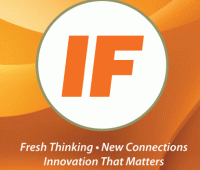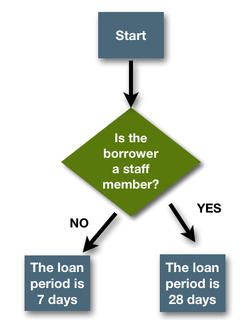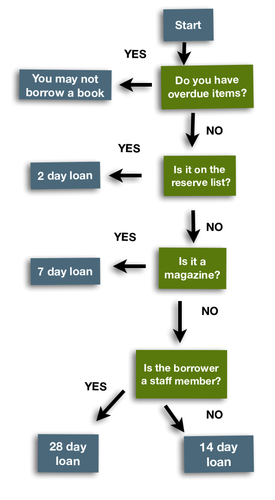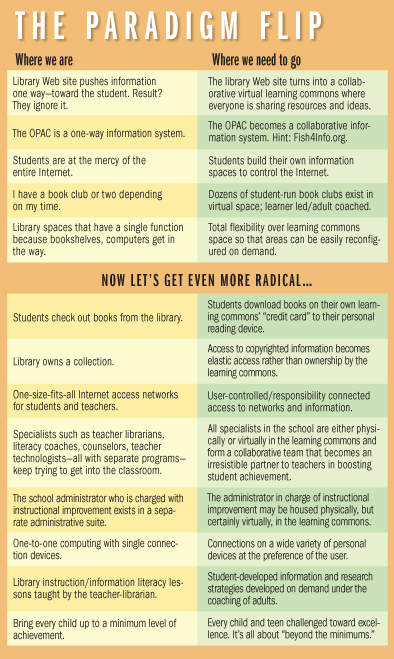President Obama’s Education Policy Speech March 9, 2009
Physics Department Innovates with Student-Centered Approach
At M.I.T., two introductory courses are still required — classical mechanics and electromagnetism — but today they meet in high-tech classrooms, where about 80 students sit at 13 round tables equipped with networked computers.
Instead of blackboards, the walls are covered with white boards and huge display screens. Circulating with a team of teaching assistants, the professor makes brief presentations of general principles and engages the students as they work out related concepts in small groups.
Teachers and students conduct experiments together. The room buzzes. Conferring with tablemates, calling out questions and jumping up to write formulas on the white boards are all encouraged.
“There was a long tradition that what it meant to teach was to give a really well-prepared lecture,” said Peter Dourmashkin, a senior lecturer in physics at M.I.T. and a strong proponent of the new method. “It was the students’ job to figure it out.”
The problem, say Dr. Dourmashkin and others in the department, is that a lot of students had trouble doing that. The failure rate for those lecture courses, even those taught by the most mesmerizing teachers, was typically 10 percent to 12 percent. Now, it has dropped to 4 percent.
… The traditional 50-minute lecture was geared more toward physics majors, said Eric Mazur, a physicist at Harvard who is a pioneer of the new approach, and whose work has influenced the change at M.I.T.
“The people who wanted to understand,” Professor Mazur said, “had the discipline, the urge, to sit down afterwards and say, ‘Let me figure this out.’ ” But for the majority, he said, a different approach is needed.
“Just as you can’t become a marathon runner by watching marathons on TV,” Professor Mazur said, “likewise for science, you have to go through the thought processes of doing science and not just watch your instructor do it.”
Transforming Information Flow in School Libraries
"learning commons – both a physical and a virtual space that’s staffed not just by teacher-librarians but also by other school specialists … such as literacy coaches, teacher technologists, teacher-librarians, art teachers, music teachers, and P.E. teachers…"
The main objective of the open commons is to showcase the school’s best teaching and learning practices… a typical classroom assignment and library Web site are examples of one-way communication. Adults tell learners what to do, how to do it, and where to find information. But in the new learning commons, homework assignments and library Web sites offer two-way communication.
… Having done that, note that you have created a revolution in thinking. Directive adults have been transformed into coaches; direct teaching has been transformed into collaborative inquiry.
Fostering Creativity

idea festival
Creating is Bloom’s highest level of thinking. Creating is not limited to “the creative.” We all create when we make new combinations of existing elements. Someone put wheels on the bottom of a scaled-down surfboard and created the skateboard. And so it goes…
While teachers and students are constrained by mind-numbing test prep, the rest of society is working overtime to foster creative connections. In September the annual “IdeaFestival” was held in Louisville, KY. It brings together creative thinkers from different disciplines to connect ideas in science, the arts, design, business, film, technology and education. The festival motto – “If it can possibly go together, it comes together here.” Why not apply that perspective in our schools?
Here are some suggestions from the festival on how to come up with new ideas. Many can be easily adapted to help our students discover their creative potential in the classroom.
2. Listen to classical music, go to a concert or a play or sit quietly in a park to daydream.
3. Read periodicals you would not typically read — a scientific magazine, for example, if you are more interested in business. Same with books outside your typical genre.
4. Attend a conference outside your field.
5. Surround yourself with creative thinkers.
6. Immerse yourself in a problem; ask questions, investigate possible outcomes.
7. Keep an idea journal.
8. Take a course to learn a new language or some other skill outside your expertise.
9. Be curious and experiment.
10. Articulate your idea, seek feedback, put structure on it, harvest it.




